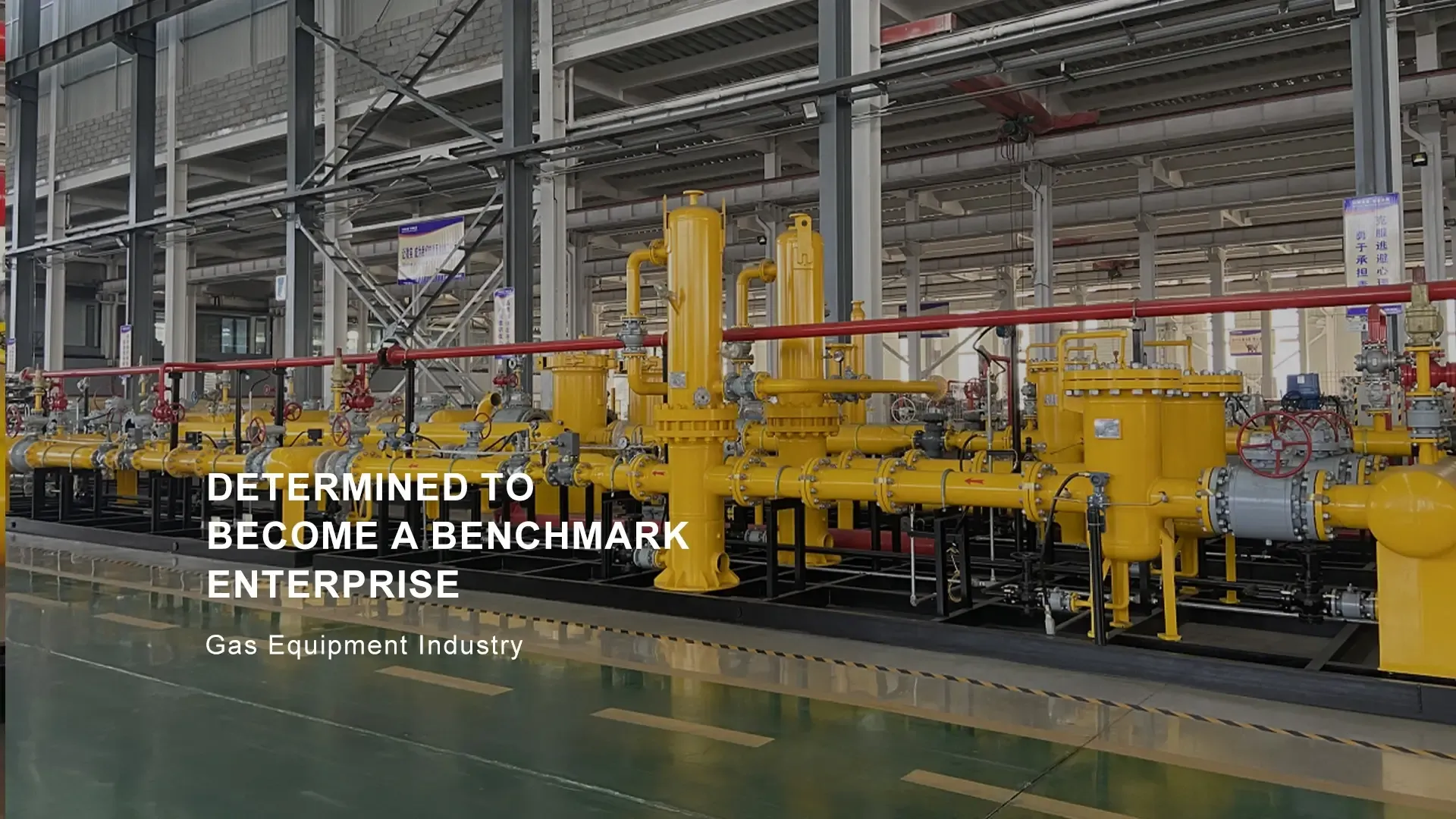
9 月 . 03, 2024 04:20
Back to list
gasification equipment
Gasification Equipment Transforming Waste into Energy
Gasification is an innovative process that converts organic or fossil-based materials into carbon monoxide, hydrogen, and carbon dioxide through high-temperature reactions. This technology has gained momentum as a sustainable waste management solution while providing a renewable source of energy. At the core of this process lies gasification equipment, which plays a crucial role in harnessing the potential of various feedstocks.
Gasification equipment primarily consists of a gasifier, which is the heart of the operation. The gasifier operates at elevated temperatures (typically between 700°C and 1,500°C) in a low-oxygen environment. This controlled setting allows for the efficient breakdown of materials without complete combustion, leading to the formation of syngas—an intermediate energy source that can be further processed into fuels and chemicals.
There are several types of gasifiers, each designed to handle specific feedstocks. Fixed-bed gasifiers, for instance, are well-suited for biomass and operate in a down-draft or updraft mode. The updraft gasifier allows biomass to enter from the top, while air or steam enters from below, leading to the production of syngas that is rich in methane. On the other hand, fluidized bed gasifiers offer greater flexibility and efficiency, allowing for a wider variety of feedstocks, including municipal solid waste, agricultural residues, and even coal.
gasification equipment

The choice of gasification equipment greatly impacts the efficiency and output of the process. Advanced systems incorporate features such as syngas cleaning and conditioning units, which are essential for removing particulates, tar, and other contaminants. This step is vital for ensuring that the resulting syngas is suitable for downstream applications, such as internal combustion engines, gas turbines, or chemical synthesis processes.
Moreover, the integration of automation and control technologies in gasification equipment optimizes operational efficiency. Real-time monitoring and data analytics allow operators to fine-tune process parameters, enhancing yield while minimizing emissions. This technological advancement not only boosts the economic viability of gasification systems but also aligns them with stringent environmental regulations.
One of the most significant advantages of gasification equipment is its ability to contribute to circular economy initiatives. By converting waste materials into energy, it reduces landfill usage and decreases reliance on fossil fuels. Furthermore, as interest in renewable energy sources grows, the adoption of gasification technology is projected to expand, driving innovation and investment in this field.
In conclusion, gasification equipment represents a pivotal advancement in waste management and energy production. With its capacity to convert various feedstocks into valuable energy sources while addressing environmental concerns, it stands at the forefront of sustainable practices. As technology evolves, gasification could play an even more critical role in shaping a cleaner, more energy-efficient future.
Latest news
-
Unlocking The Quality Gas Pressure ReducersNewsNov.01,2024
-
The Role of Gas Pressure Reducing StationsNewsNov.01,2024
-
The Importance and Functionality of Safety Relief ValvesNewsNov.01,2024
-
The Essential Role of Safety Valves in Natural Gas ApplicationsNewsNov.01,2024
-
The Essential Role of Gas Pressure RegulatorsNewsNov.01,2024
-
Enhance Your Premium Gas FiltersNewsNov.01,2024

